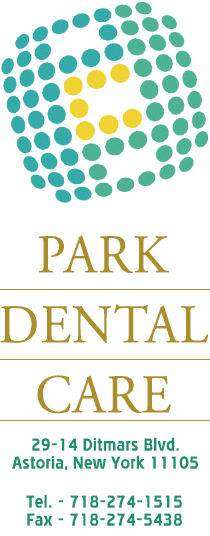 TMJ disorder is the more common term for the condition temporomandibular joint disorder. It is a relatively common condition due to the fact that the temporomandibular joint is one of the most frequently used joints throughout the entire body. In fact, it is estimated that over 10% of people in the U.S. suffer from the condition. Each person has two temporomandibular joints – one on each side of the jaw. When the joint becomes irritated or inflamed in some way, it causes a number of uncomfortable, annoying and painful symptoms.
TMJ disorder is the more common term for the condition temporomandibular joint disorder. It is a relatively common condition due to the fact that the temporomandibular joint is one of the most frequently used joints throughout the entire body. In fact, it is estimated that over 10% of people in the U.S. suffer from the condition. Each person has two temporomandibular joints – one on each side of the jaw. When the joint becomes irritated or inflamed in some way, it causes a number of uncomfortable, annoying and painful symptoms.
So, what is the temporomandibular joint used for and why does it cause so many issues when the joint becomes irritated? This joint is the point where the upper and lower jawbone meet, and it helps the two portions of the jawbone to work together in unison. The joint is used for any movement that requires the opening or closing of the jaw or mouth. This means that every time you talk, bite, chew, eat, drink, yawn, or move your mouth in any other way, your temporomandibular joint is being used.
TMJ disorder occurs when there is irritation or inflammation in the temporomandibular joint. This can occur due to trauma of the face or jaw, arthritis, teeth grinding, teeth clenching, prolonged stress, misalignment of teeth, partial dislocation of the jaw, underlying health conditions, or habits that can irritate the jaw, such as habitual gum chewing or nail biting.
Often the inflammation is constant and the resulting irritation causes a number of very uncomfortable symptoms. The most common symptom is pain, and pain can be felt in the face, in the ear, or in the head (headaches are very common with TMJ disorder). Other symptoms can include stiffness of the jaw, a clicking or popping sound when the joint is moved, ringing in the ear (tinnitus), problems with biting or opening the mouth, or even a locked jaw.
In addition to the actual symptoms of TMJ disorder, other negative impacts can occur in those that suffer from the condition. It can be difficult to sleep, and the constant pain and discomfort can result in irritability, depression, diminished enjoyment of life and reduced productivity.
There are a number of different options available to treat TMJ disorder, and treatment primarily focuses on the cause of the condition. This means treatment can vary from person to person and will depend on factors such as what causes the problem, how severe the symptoms are, and how long it has been going on. One common treatment option is occlusal therapy, which is a customized mouth guard that is worn to reduce the incidence of teeth grinding and clenching, one of the more common causes of the disorder.
Another treatment option involves orthodontics, since the misalignment of teeth is a common reason that people experience symptoms of TMJ disorder. Other dental therapies used to realign teeth include adjustments to dental crowns, dental bridges and dental implants. Stress reduction techniques can also reduce symptoms of TMJ. In severe cases of the condition, surgery may be necessary, although this is not a typical occurrence.
For more information about the various treatments available for TMJ disorder in Queens, NY, contact Park Dental Care at 718-274-1515.







